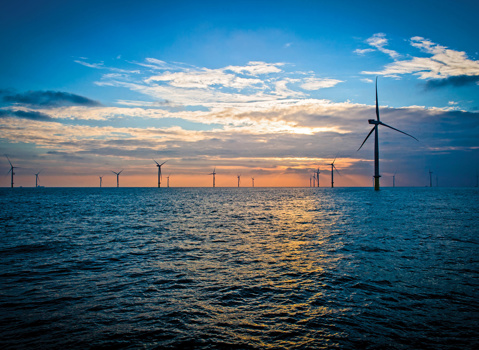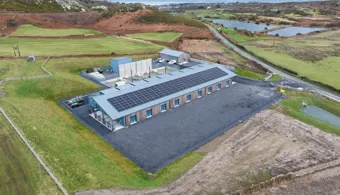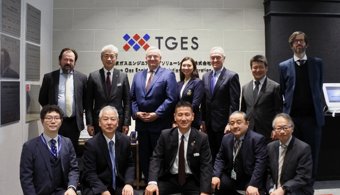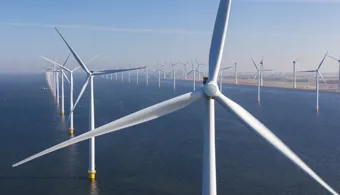
Portfolio choices
The James Fisher Group is a portfolio of service companies operating at the intersection of energy, marine, and defence markets.
James Fisher is committed to minimising and possibly eliminating the detrimental impact of greenhouse gas (GHG) emissions from our operational activities.
We also recognise the importance of helping our customers reach their own net zero emissions targets and last year (2022) we made a science-based commitment to be net zero by 2050.
GREENHOUSE GAS (GHG) EMISSIONS
| KPI | 2023 | 2023 result | 2025 | 2030 | 2050 | BASELINE(2021) |
| Scope 1 and Scope 2 reduction targets | 77,595 tCO2e | 74,707 tCO2e | -16.8% | -37.8% | Net zero | 114,374 tOOze |
Note: % reduction relative to the base year 2021.
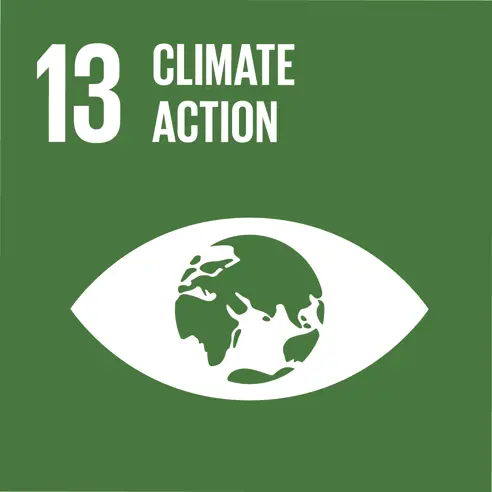
Net zero and climate risks and opportunities:
Carbon management
We are preparing to mature our processes through:
Along with greenhouse gas (GHG) emissions, these are the key priorities under our planet pillar.
